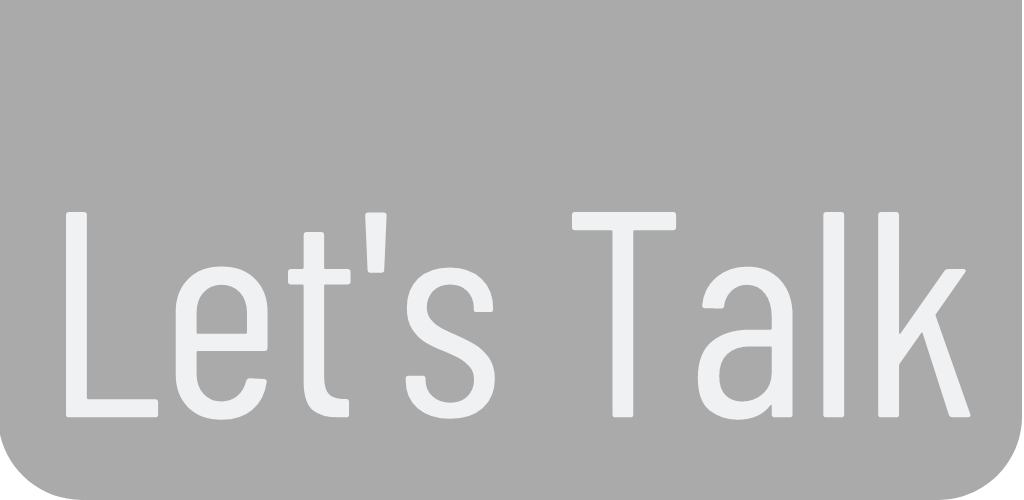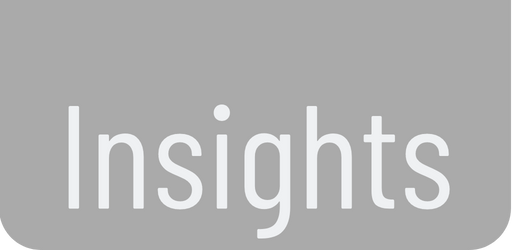The Power Of Habits
If you’re like us, the topic of Health and Wellness is often on our minds.
While ensuring our financial plan is set up to reach our goals is top priority, our physical health is also vital to ensure we can live those plans to the fullest. But good health has the potential to feel dauting at times. Busy schedules and long to do lists often trump the execution of what we consider a healthy lifestyle. Maybe we know we should be exercising a specific number of hours per week, or drinking enough water, and getting our vegetables.
Perhaps we’ve purchased cabinets of vitamins, or even toyed with the idea of a cleanse. And yes, we’re aware we need a minimum amount of sleep, but how much easier said than done?
Where to start…
Like anything else, my advice is always to keep it simple. It’s great to dream big, but the way to achieve big is to start small. Oftentimes we end up overwhelming ourselves with goals. But for true change to stick, the trick is habits. What I love about habits is how underwhelming, attainable and powerful one simple change can be. When it comes down to it, life is simply a combination of big and small habits that mold our day.
How we enjoy our coffee in the morning, or the snack we grab on the way out the door during a busy day. Or bigger habits, like the method we use to handle conflict. We are the designers, the decision makers and the creators of our choices and our habits. We have the power to add to our well-being or eliminate what stands in the way.
Here are a few tricks to making a new habit stick:
Identify a “ridiculously small” micro habit.
Whatever habit first comes to mind, cut it in half. Then cut it in half again. Starting small is the key to success.
Piggyback on a daily task.
Regardless of the size of the task, it’s easy to get distracted, make excuses, or forget. Perform your new action at the same time as (or right before) an action you do without thinking.
Track your progress.
As the saying goes, “What gets measured, gets done.” If your measurement process is elaborate, you’re less likely to complete it. Try a ‘Yes List’ requiring 20 seconds a day to complete. Write down the desired action and under each date, simply list a Y or N to indicate if you completed the task.
Hold steady for a long time.
It’s hard to think small to begin with; it’s even harder to stay small. Once you’ve stuck with your original micro habit long enough to feel bored with it for at least two weeks in a row, it’s time to increase it only by about 10%.
Seek help in holding you accountable.
It might sound strange to enlist a partner to monitor 30 seconds of meditation or doing two push-ups. But having people support you and hold you accountable can cement new behaviors, and it helps them in return.
Wherever you are in life, I encourage you to reflect on your habits and choose one to steer towards your goal. Start small and focus on it daily. If you are not in the habit of exercising, a goal of a daily workout is likely to fail. However, if you normally take an elevator to work, perhaps you could make a personal rule to opt for the stairs. Find a way to move that isn’t daunting and already fits into your lifestyle. Then focus on that one change until it becomes a habit. Changing one small habit at a time has the power to rewrite your health.
Remember, a small change that sticks, is big!
Source: https://hbr.org/2020/01/to-achieve-big-goals-start-with-small-habits


















